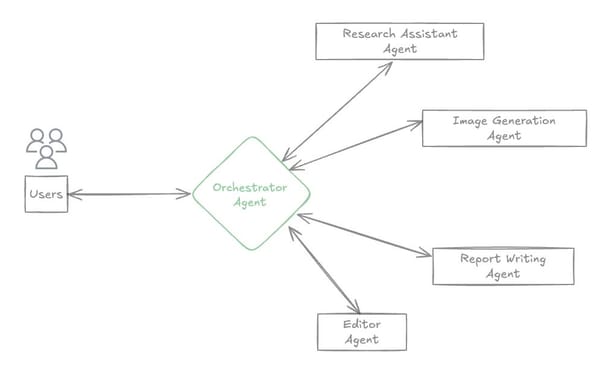Scalability Study of HNSW
Scaling HNSWs in Redis
Original article: Scaling HNSWs (via Hacker News)
Salvatore Sanfilippo has spent much of this year working on vector sets for Redis, first released in Redis 8 (May 2024).
---
Background
A central part of this effort involved implementing HNSW — Hierarchical Navigable Small World, an indexing technique introduced in Malkov & Yashunin (2016).
Salvatore’s implementation notes offer an in-depth look at:
* Clean, well-commented C source code
* Practical extensions to support efficient deletions and updates
* Strategies for scaling large HNSW vector sets across multiple Redis nodes
---
Key Innovations
- Efficient Deletion and Update
- Modifications to the standard HNSW algorithm allow removing and updating vectors without rebuilding entire indexes.
- Distributed Scaling
- Large vector sets can be divided across multiple nodes to enable parallel reads and writes.
- Memory-Conscious Design
- Embedding vectors consume significant memory — distributing them across nodes helps avoid bottlenecks.
---
Parallel Querying Across Nodes
Quoting Salvatore:
> If you have different vectors related to the same use case split across different instances/keys, you can query VSIM with the same query vector across all instances, add the WITHSCORES option (which returns the cosine distance), then merge the results client-side.
> This scales datasets of hundreds of millions of vectors by splitting them N times.
> You can query these N instances in parallel using multiplexing—provided your client library supports it.
---
Parallel Write Operations
> HNSWs in raw form allow writes to scale more easily.
> Approach: hash each element `modulo N` → select corresponding Redis key/instance → write concurrently.
> Multiple instances can handle slower HNSW writes in parallel, making bulk insert/update workloads faster.
---
Source Code Links
---
Implications for AI Workflows
For teams building large-scale vector search systems or parallelized ingestion pipelines, these scaling methods fit neatly into modern AI-driven content workflows.
Platforms such as AiToEarn官网 integrate:
* AI-based content generation
* Cross-platform publishing (Douyin, Kwai, WeChat, Bilibili, Rednote, Facebook, Instagram, LinkedIn, Threads, YouTube, Pinterest, X)
* Analytics & performance tracking
* AI model ranking
This brings similar scalability benefits — connecting distributed querying in Redis with distributed content publishing, allowing creators and engineers alike to move from concept to delivery at scale.
---
Summary:
Salvatore’s HNSW enhancements in Redis 8 provide a textbook example of engineering for performance, scalability, and maintainability. Developers tackling large, memory-intensive vector datasets now have practical tools to query and write in parallel, opening the door for high-performance AI search, recommendation, and generative systems.
---
Would you like me to also diagram the N-node scaling strategy from this article? That could make the parallel query/write process visually clear.




